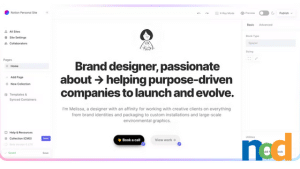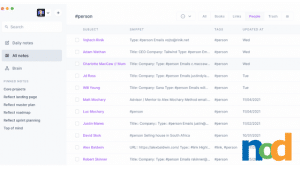WWW… Wednesday! The Importance of Accessible Design
by Taylor Slattery | October 8, 2019
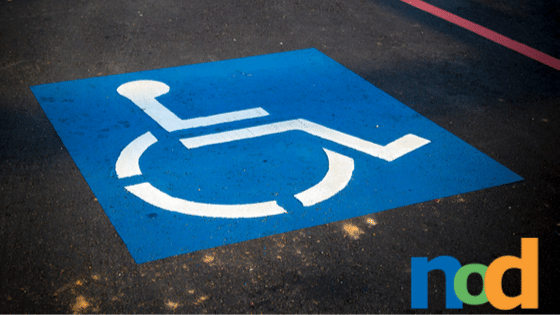
15% of the world’s population lives with some form of disability. For these people, it can be hard to get ahead. Not only can a disability increase one’s cost of living, but it often makes obtaining an education and finding employment difficult. The internet, a tool that should have helped level the playing field, has in many cases, presented a whole new world of challenges for disabled people. Much like the rest of the world, the web is often designed with accessibility for all as an afterthought. The same lack of consideration that often results in the architectural obstacles that prevent people with disabilities from education and work, can also be felt digitally.
For the average person, simple tasks like banking, paying bills, or shopping for groceries might take anywhere from 15 minutes to an hour. Rather than spend that time commuting, many of us opt to perform these tasks online out of sheer convenience.
For those with disabilities that affect their mobility, tasks that take an able-bodied person 15 minutes might take 3 hours, and the ability to perform these tasks online can have a much larger impact on their life. 3 hours spent shopping for groceries or making a trip to the bank means 3 less hours available to spend studying, working, or exercising. While frustrating on a day to day basis, the true effects of these opportunity costs are felt over time. They can form a vicious cycle, putting the access-poor at greater socioeconomic disadvantages.

Beyond the obvious considerations, like color combinations with low-value contrast or avoiding hard to read fonts, both of which can be difficult for any visitor, designing with accessibility in mind means taking special needs into consideration. It can be difficult to know where to start when making a site more accessible. There is a range of different disabilities to consider, and for able-bodied designers, the pain points of disabled users can be less than obvious.
Most web designers understand the importance of properly tagged images for SEO, but for visually impaired visitors using screen readers that narrate every element and its description, unclear tags can cause confusion. Physical impairments can prevent users from utilizing gestures on a smartphone, or using a mouse on a desktop, and sites that rely on these can be impossible to navigate. While these features may add to the experience, ensuring that they are not essential will make your site more friendly to all kinds of visitors.
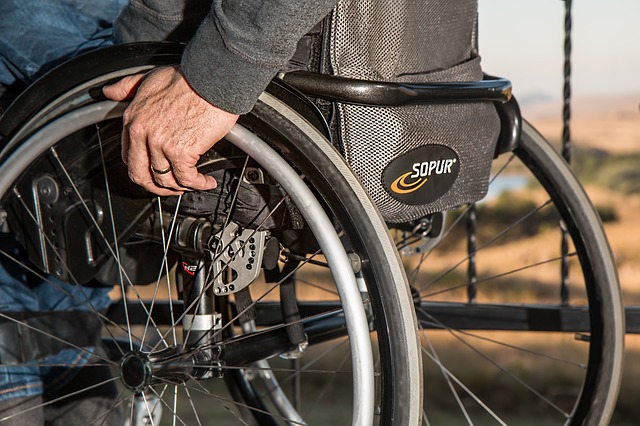
As technology passes some people by they may feel as though any efforts of adaptation become futile, moving further and further past the realm of “late adapter” until all hope is lost. Difficulties experienced in use isolates part of the market, not only in the sense that these people have money they want to spend, but also physically and psychologically. For those with degenerative diseases like ALS, who leaving the house is not an option, the internet can mean a world of escape. With a constant influx of headlines mentioning cyber-bullying, links between social media and depression, and digital detoxing, we’re often reminded of the problems that arise from having too much access to the internet. While there is no doubt some truth to these claims, having too little access is much more problematic.
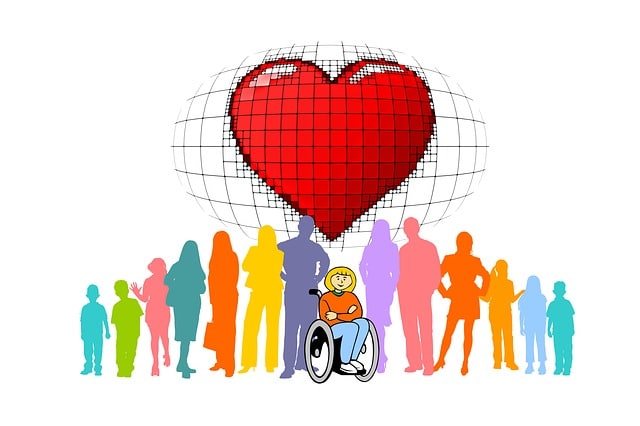
For those looking for a deeper dive into accessible web design, you can read The Web Content Accessibility Guidelines, or WCAG. It’s an exhaustive set of considerations to take when designing for the web that due to its dry, technical nature, ironically, makes its content a bit inaccessible to the average designer. For an easier to digest primer on web accessibility, you can find all you need here at a site created by Blend Interactive.

Taylor is the Managing Editor of Notes on Design. Taylor is a graphic designer, illustrator, and Design Lead at Weirdsleep.






